OUCH! A Preponderance of Painful Problems
An unexpected painful event may call forth a loud “aiee!”, an abrupt “ow!” or—in a more serious accident, a primal, unspellable shriek. However, if the sufferer has had a moment to reflect on the pain, the Montana state cry is typically “ouch!”
Some ouches are common: The stubbed toe, the finger shut in the door or a burn from a sloshed cup of hot coffee. Others must be nearly unique. It is, for example, probably safe to assume that very few ladies have been pecked by a hungry, runaway circus ostrich in Kalispell.

Regardless, ouch may elicit sympathy, but it is often a sympathy accompanied by stifled laughter.
The exclamation has been around for a long time, but the accidents which call it forth have changed.
In Montana’s agricultural past, manual labor—particularly farm accidents—accounted for a preponderance of ouches.
Though not many people today know its name or purpose, millions of Americans are familiar with the horse-drawn implement called a dump rake. It is that piece of haying equipment on which Judy Garland leaned while singing the wistful song, “Over the Rainbow” in The Wizard of Oz. Its long, curved teeth raked up cut hay and dumped it into long rows, where it would be picked up by a buck rake and taken to be stacked.
Back in the horse-haying heyday, Montana teamsters were frequent victims of runaway dump rakes. Draft horses, stung by horseflies, were prone to bolt, and as they began their headlong run, the teamster would often be pitched forward, falling between the team and the rake to be scooped up (but fortunately not impaled) by the 3’ long curved teeth. Trapped and tumbled, the most common escape from the battering was the raised edge of an irrigation ditch. The tips of the teeth would hit the rise and be kicked up just long enough to drop the captive.
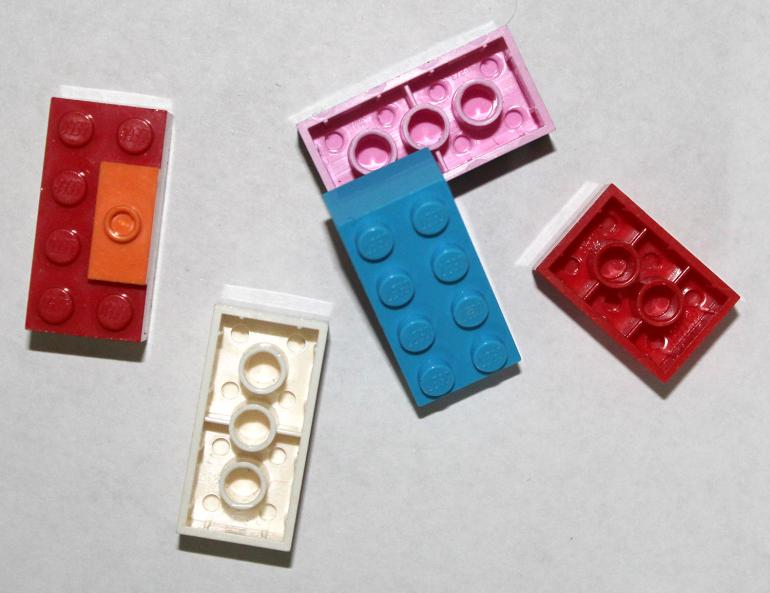
Housework in the 1800s had its own perils. Flat irons, heated atop a wood stove, were “sissed.” A finger would be licked and touched as quickly as possible to the bottom of the iron. The moisture on the fingertip would briefly sizzle if the iron was hot enough. If it was too hot, the sizzle was accompanied by a presumably ladylike “ouch.” Even after electric irons were invented, “sissing” was a common practice, but permanent press or disregarded wrinkles have done away with that.
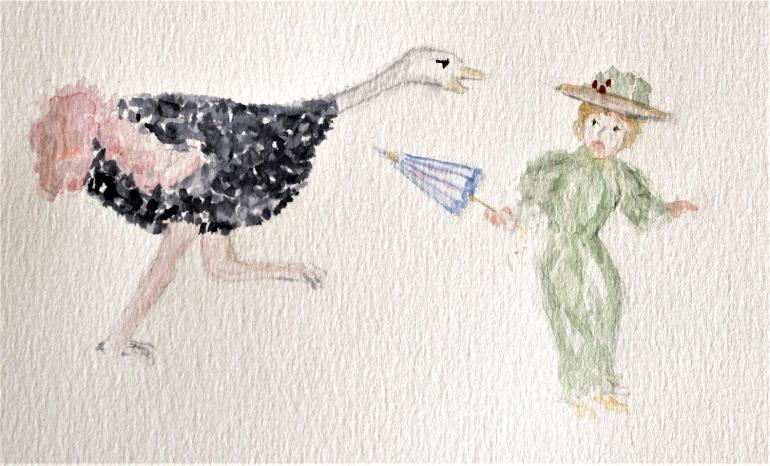
Wringer washers squeezed wet clothes between two hard rollers. This labor-saving device had one serious disadvantage when a woman’s blouse or apron was caught up with the wet clothes and pulled into the rollers. This was not a matter of a simple ouch, and it gave rise to the expression, “been through the wringer.” A quick-release system was added, but was not proof against older brothers luring younger sisters into putting their tiny hands into the rollers. (I name no names…)
Around the beginning of the 1900s, car ouches were becoming common. Without power steering, a car accidently driven over a large rock could turn the tire and send the steering wheel spinning. Wise drivers kept all five fingers on the same side of the steering wheel to avoid a broken thumb. As a Drummond-area rancher discovered, pre-power steering on a tractor was even more hazardous when he was twisted in the seat to see behind him as he backed up. The abrupt spin of the wheel was enough to dislocate his shoulder.

One ouch could be attributed to a very odd throttle design on a White Steamer. In 1908, a Billings real estate man was teaching a friend how to drive his new-fangled car. Some bright engineer had conceived the jolly notion of designing a throttle shaped like the steering wheel but small enough to fit just inside it. When the friend tried to steer away from an approaching team and wagon, he grabbed the throttle instead of the steering wheel and suddenly the car jumped ahead and, according to the article in the Billings Gazette, didn’t stop until it started climbing a telephone pole.
There may also have been an “ouch” over the repair bill, but that’s a different sort of pain.
Before safety matches, a match could be struck on any rough surface. This was a practice which continued at least into the 1950s. A major fire was nothing to laugh at, but there were frequent, small incidents which could permit an observer to snicker with a clear conscience. A common way of lighting such a match was to hold it tightly in a curl of fingers and strike it with a flick of a thumbnail. This was often accompanied by a modicum of pain when a bit of the burning material was caught under the nail.
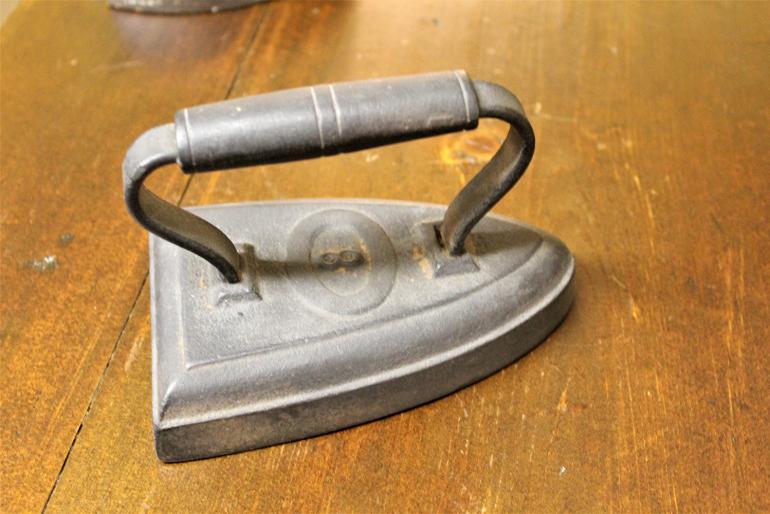
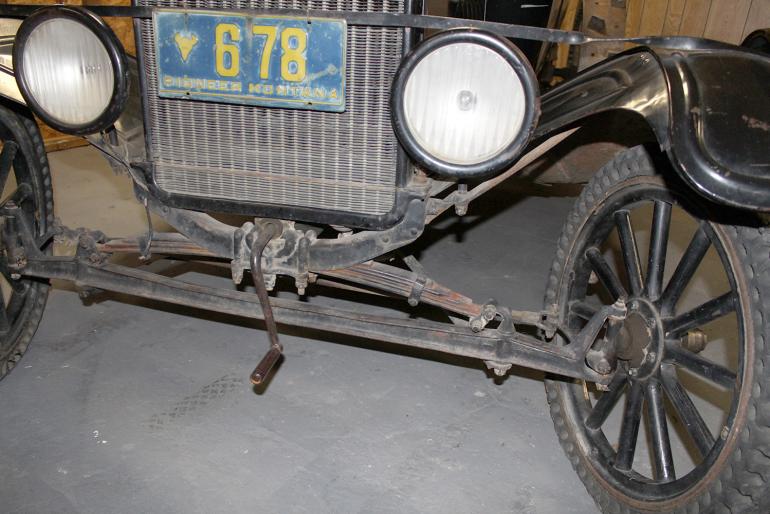
A truly impressive ouch once resulted when a young ballplayer slid into third base with a pocket full of matches which were ignited by the slide.
Throughout history, a bare foot stepping on the six-pointed metal piece of the children’s game, “jacks” has been a recurring ouch generator. Recent changes have often rounded the sharp points on the jacks, but it is still a painful encounter. The other icon of childhood, marbles, poses the additional danger of causing one’s foot to roll, leading to a hard and unexpected landing.
By the 1960s, the most common ouches were the discarded pull top rings on soda and beer cans. The sharp-edged tabs were dropped by the thousands around the state’s many lakes and playgrounds. They cut many a bare foot and were frequently swallowed by small children. A partial solution was introduced by the mid-1970s with the invention of a pull tab which remained on the can. Its only remaining hazard is a tendency to capture a moustache hair and pull it off with a painful “ping” sound—followed by the traditional ouch.
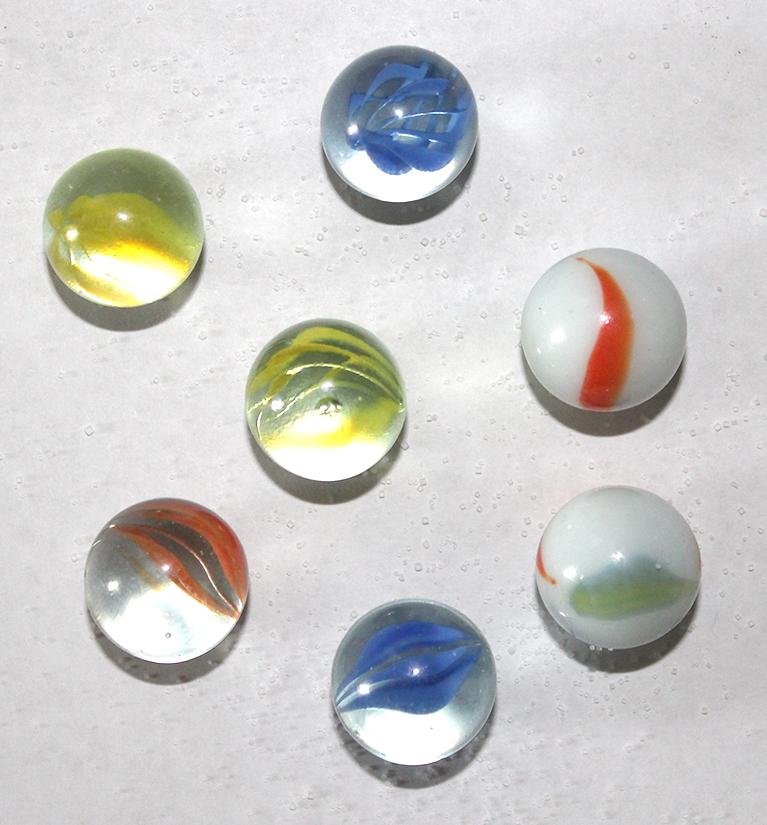
Most of those old ouches were accidents, but the primary ouches these days are actually a matter of choice. Carpal tunnel in thumbs which are constantly poking at a smart phone screen and bone spurs in the neck from staring down at the instrument are the most common complaints. It’s a safer but humorless world.

It’s enough to make one nostalgic for those thrilling days of yesteryear. Just picture that day in 1917 when Mrs. Hoover came to Kalispell to see the circus. As recorded by the Montana Historical Society, the lady was dressed in one of the more ridiculous bits of high fashion of the early 1900s: a hobble skirt which was supposed to enhance her femininity by requiring her to take tiny steps. On her head, she wore a hat embellished with artificial cherries. An escaped ostrich set out in pursuit, drawn by the bright red fruit. Unable to run, the lady whacked it with her parasol each time it got too close. Those in charge of the bird were laughing too hard to come to her rescue immediately, which probably added an ouch to her self-esteem as well as any actual harm from the long-legged bird.
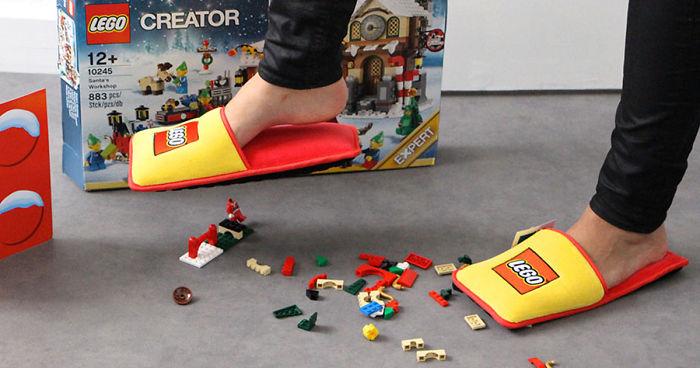
As for the future, as people turn over more and more of their lives to artificial intelligence, will programmers have to add an artificial ouch to account for an electronic entity’s low battery or a system overload?
Ouch.
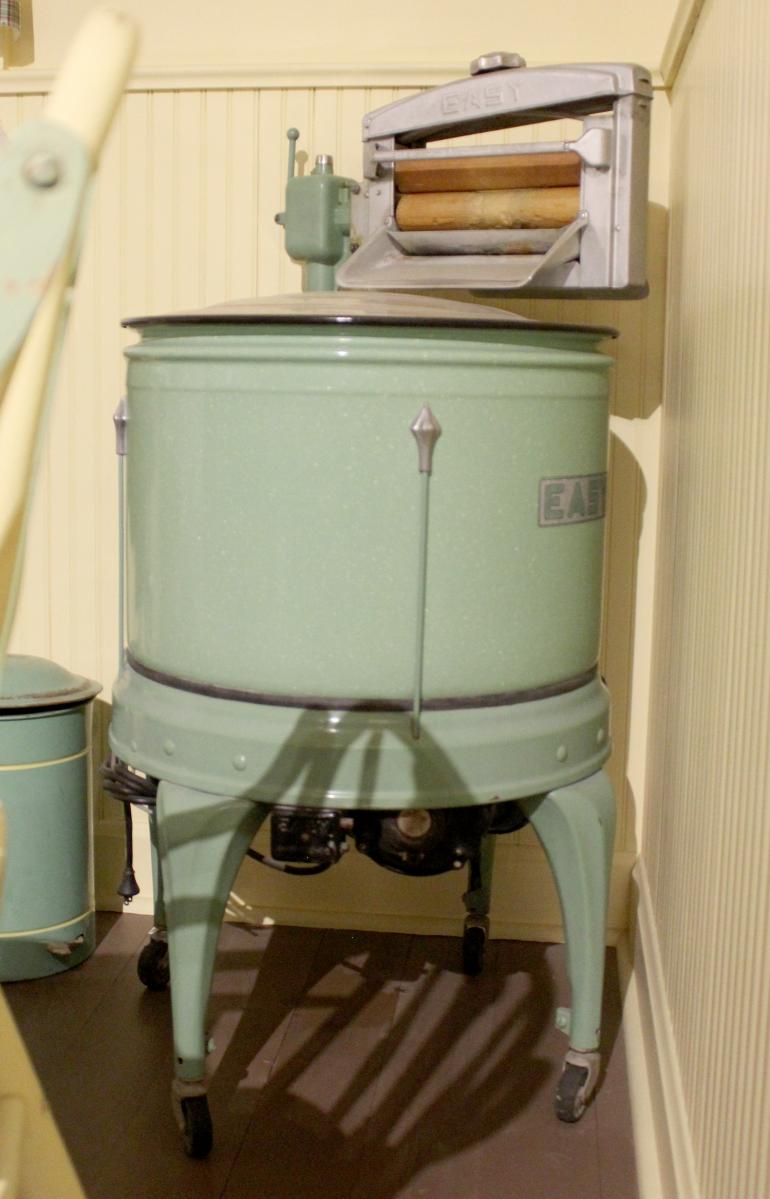
Leave a Comment Here